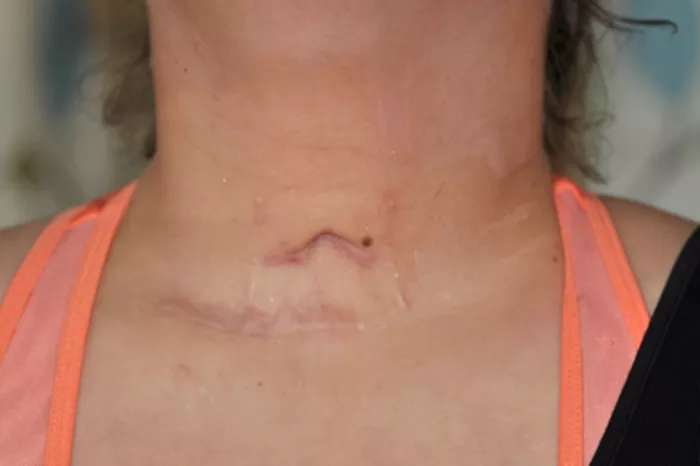The belief that time heals all wounds is challenged by the permanence of scars, which can result from various causes, including infections, surgeries, and injuries. The skincare industry, traditionally focused on acne scars, is now expanding to address scars from diverse sources, as treatments transition from clinics to mainstream beauty retailers. According to Grand View Research, the global scar treatment market was valued at $2.32 billion in 2023, with an anticipated growth rate of 11.5% annually through 2030. This trend is attributed to heightened aesthetic concerns, increasing incidents of accidents, and innovations in topical products. Tamar Kamen, a product developer, highlights the cultural shift toward embracing imperfections, suggesting that the focus on scar care is a reflection of evolving beauty standards.
Products like Luna Daily’s Repair Treatment and innovations at Sephora signify the growing acknowledgment of scars as part of the beauty narrative. On platforms like Amazon, the scar care market thrives, driven by savvy consumers searching for effective solutions. Silicone remains the key ingredient in scar treatments, proven to enhance healing and minimize visibility. Brands like Motivo Scar Care, created by entrepreneur Jadis Montijo, exemplify the industry’s response to consumer demand for inclusive and effective scar solutions. As awareness of scar care rises, the market is set to expand, providing diverse options for those seeking to address their scars.
Related topic:
Does Laser Freckle Removal Leave Scars?
What does scar tissue look like after rhinoplasty?
Can microdermabrasion remove acne scars?


